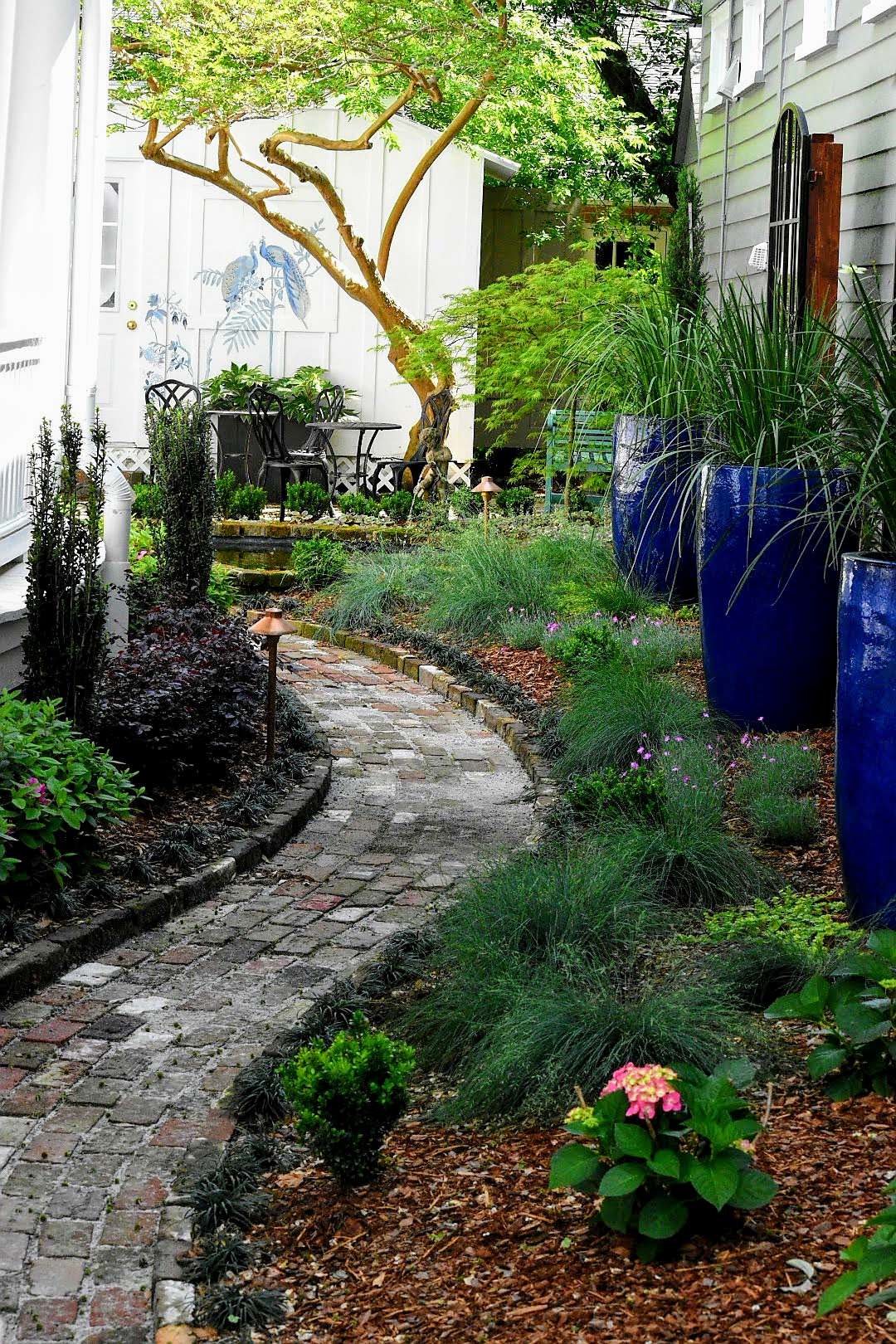Leading Landscape Designer for Customized Outdoor Living Locations
Leading Landscape Designer for Customized Outdoor Living Locations
Blog Article
The Duty of Yard Style in Promoting Sustainability and Biodiversity
Garden style is increasingly recognized for its potential to promote sustainability and improve biodiversity within city and rural landscapes. By focusing on native plant species and utilizing water conservation methods, designers can produce atmospheres that not only prosper yet additionally require marginal chemical intervention.
Significance of Indigenous Plants
Highlighting using indigenous plants in yard design is crucial for advertising environmental balance and sustainability. Native plants are those that naturally take place in a certain region and have actually adjusted to the local environment, soil, and wild animals. Their consolidation into yards sustains neighborhood ecosystems by giving environments and food resources for native pollinators, birds, and various other wildlife.
Additionally, native plants are typically more resistant to neighborhood pests and conditions, reducing the need for chemical pesticides and plant foods. This resistance not only lessens ecological impact however likewise decreases maintenance expenses for gardeners. Furthermore, native plants usually call for much less water than non-native varieties, lining up with sustainable gardening techniques and reducing the stress on regional water sources.
Water Conservation Techniques
Incorporating native plants not just improves biodiversity yet likewise plays a significant role in water preservation within yard designs. Indigenous species are adjusted to neighborhood climate conditions, requiring much less water than non-native equivalents. Landscape Designer. This characteristic decreases the need for irrigation, conserving both water sources and energy
Furthermore, carrying out rain gardens can capture and filter stormwater runoff, promoting groundwater recharge while lessening erosion. These gardens utilize indigenous plants that prosper in damp problems, successfully managing excess water while creating varied environments.

An additional reliable method is making use of absorptive paving products in paths and patios, permitting rain to infiltrate the ground rather than running off. This promotes dampness retention and lowers the demand for irrigation.
Last but not least, setting up a rainwater harvesting system can substantially add to water preservation efforts. Collecting and saving rain for yard use encourages lasting practices and decreases dependence on municipal water resources (landscape designer near Sullivan's Island South Carolina). By incorporating these strategies, yard designs can efficiently advertise water conservation while supporting eco-friendly health
Minimizing Chemical Use
While numerous gardeners look for vivid and healthy and balanced plants, lowering chemical usage is crucial for fostering a lasting ecosystem. The reliance on artificial plant foods and chemicals can bring about dirt degradation, water contamination, and a decline in useful insect populations. By embracing natural gardening methods, gardeners can enhance the health and wellness of their landscapes while promoting biodiversity.
One effective method is to utilize garden compost and natural changes, which enrich the dirt naturally and boost its structure. landscape designer near Mount Pleasant South Carolina. These methods not only boost plant wellness however likewise lower the requirement for chemical plant foods - Landscape Designer. Applying integrated pest management (IPM) strategies further lessens chemical inputs by urging all-natural killers, such as ladybugs and parasitical wasps, to manage pest populations
Furthermore, selecting indigenous plant varieties can substantially reduce the demand for chemical treatments, as these plants are much better adjusted to local problems and are extra resistant against pests and conditions. By focusing on lasting methods, garden enthusiasts can create growing settings that sustain both plant health and wellness and environment integrity, inevitably bring about yards that are not only beautiful but likewise ecologically responsible. Lowering chemical usage is a crucial action in cultivating gardens that recognize and improve the natural world.
Producing Wild Animals Habitats
Developing vivid wild animals habitats within yards not just boosts biodiversity but additionally matches lasting gardening techniques focused on reducing chemical use. By integrating native plants, gardeners can give vital sources such as food and sanctuary for various varieties, including birds, pests, and little creatures. Indigenous plants are well-adapted to neighborhood conditions, needing much less water and fewer chemical inputs, thus lining up with sustainability goals.

Preserving a naturalistic strategy, which may include leaving some areas wild or undisturbed, allows for the all-natural processes of communities to grow. This method motivates the presence of valuable insects and pollinators, which play a critical duty in the health of both yards and bordering atmospheres. Overall, developing wild animals environments is a fundamental aspect of sustainable yard style, fostering environmental equilibrium and strength while boosting the charm and functionality of outside areas.
Community Engagement in Horticulture
Area interaction in horticulture fosters a feeling of belonging and cumulative responsibility, transforming specific horticulture initiatives right into common campaigns that benefit the entire community. By including area members in gardening projects, we can grow not only plants however likewise partnerships and socials media. Neighborhood yards act as essential rooms for education, where individuals of every ages can find out about sustainable practices, biodiversity, and environmental stewardship.
Joint gardening efforts, such as community gardens, promote the exchange of expertise and resources, ensuring that all participants can contribute and benefit. This landscape design Kiawah Island South Carolina inclusivity boosts area strength, as participants interact to overcome difficulties such as food insecurity and ecological deterioration. In addition, neighborhood yards can work as systems for cultural expression, enabling individuals to share their heritage via diverse planting and gardening techniques.
Furthermore, engaging the community in horticulture efforts can lead to boosted understanding of local environments and the relevance of biodiversity. By functioning collectively to layout and keep these areas, citizens foster a common commitment to sustainability, producing an enduring effect on both the setting and community cohesion. Eventually, neighborhood involvement in horticulture is an effective device for promoting environmental stewardship and improving the lifestyle within areas.
Verdict
By highlighting the use of indigenous plants, implementing water preservation strategies, and reducing chemical inputs, gardens can successfully sustain local ecological communities. Collectively, these practices not only enrich the elegance of spaces however additionally advertise eco-friendly equilibrium, making yard layout a necessary component in the quest of a sustainable future.
Report this page